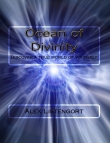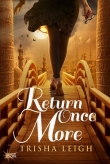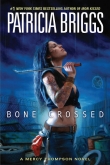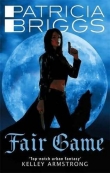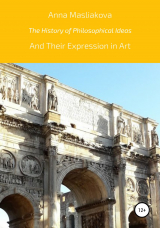
Текст книги "The History of Philosophical Ideas and Their Expression in Art"
Автор книги: Анна Маслякова
Жанр:
Искусство и Дизайн
сообщить о нарушении
Текущая страница: 3 (всего у книги 3 страниц)
Dialog of Arts II
The Middle Ages started from the Fall of the Western Roman Empire in 476 A.D. With the process of destruction (wars, migrations, upheavals) came the opposite process of creation – the Emergence of the Cristian Religion. And one should not forget that the Early Christians had been persecuted and had had to hide in secret places – catacombs – until Constantine the Great legalized Christianity in 312 A.D. And as the Church organizes itself, a new world appears.
There were nobility living in their castles, peasants and the clergy – educated people who monopolized learning for a very long lime. That is to say, literature (scholarship) was kept alive by Monks in isolated Monasteries. The Church was the center of life and the main function of Music at this point was to Enhance the Spirit of Worship. That is why they preferred to use Vocal Music and were very careful about taking an instrument into the Church. Beautiful Body praised by the Greeks gives way to Spiritual Beauty and heresy becomes very real. In order to appreciate Medieval self-denial one might compare, for example, the Venus of Tauris and the Apse Mosaic from the Church of San Michele in Africisco in Ravenna depicting flat figures of Saints wrapped up in clothes (now in Bode Museum in Berlin).
It was Pope Gregory I (590-604) who organized Music and Texts for the Church and the so-called Gregorian Chant – Monophonic Liturgical Music accompanying Latin words of the Mass – appeared (for instance, “Alleluia: Vidimus Stellam”). Not only does the Liturgy establish the annual Religious Calendar, but it also regulates the order of service and provides specific words for every occasion. The text that parishioners hear every Sunday is called the Ordinary (Kyrie, Gloria, Credo, Sanctus, Agnus Dei) and the opposite of the Ordinary is the Proper which consists of texts appropriate for special days such as feasts – Introit, Gradual, Alleluia, etc.
Music flourished not only in Churches but it was also sung and played outside it, in Courts. By the 12th and 13th centuries we have trouvères and troubadours travelling from kingdom to kingdom and entertaining people. Since the majority of actors and musicians in the Middle Ages were moving from place to place, their performances were staged on carts in public spaces and they used Magnificent Medieval Architecture as Theatrical Scenery, as it were. Interestingly enough, Secular Songs in the Middle Ages were performed not in Latin but in the Vernacular; they were Monophonic, and probably had an improvised accompaniment, and their main themes were not Spiritual Beauty and Self-Denial, but rather Love, War and Chivalry. And there was Instrumental Music and Dance Music, such as Estampie which was written in a triple meter and had a strong, fast beat.
Конец ознакомительного фрагмента.
Текст предоставлен ООО «ЛитРес».
Прочитайте эту книгу целиком, купив полную легальную версию на ЛитРес.
Безопасно оплатить книгу можно банковской картой Visa, MasterCard, Maestro, со счета мобильного телефона, с платежного терминала, в салоне МТС или Связной, через PayPal, WebMoney, Яндекс.Деньги, QIWI Кошелек, бонусными картами или другим удобным Вам способом.

